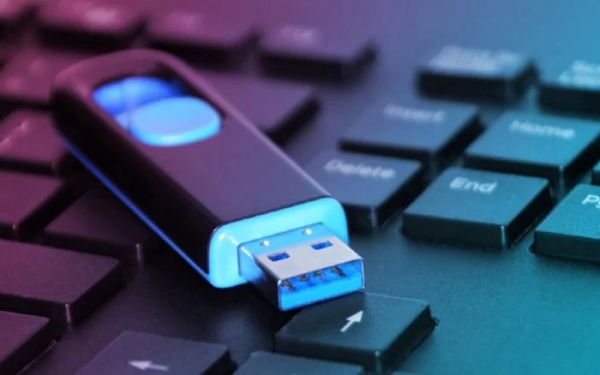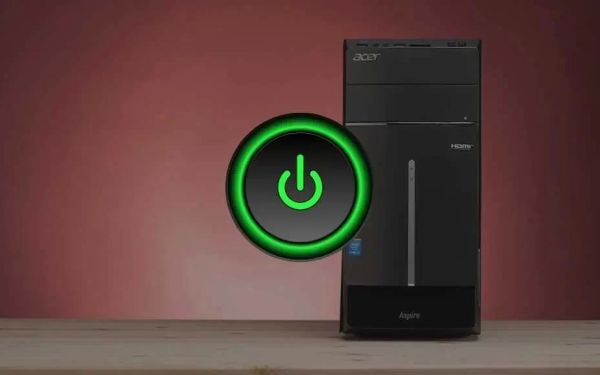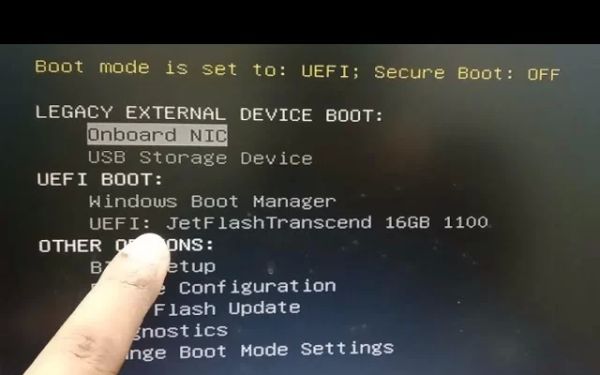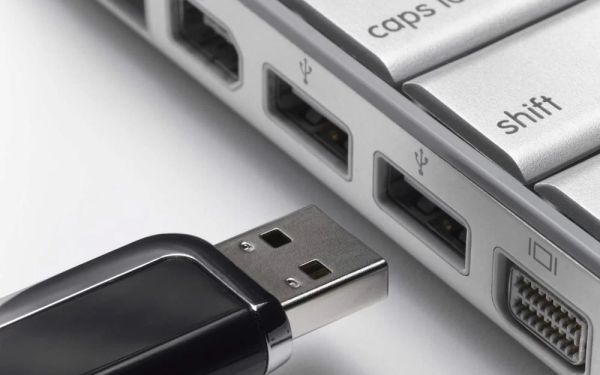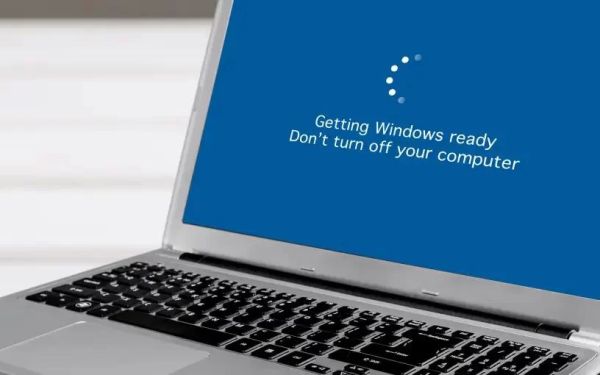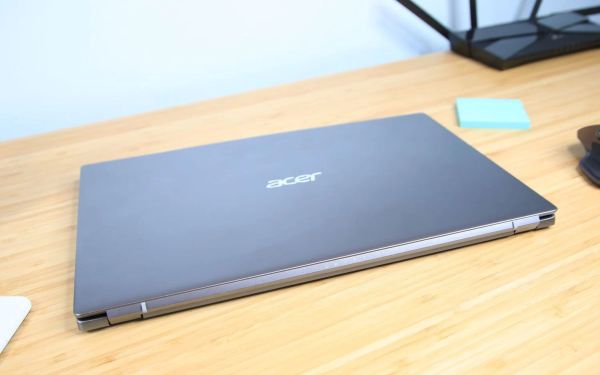How to Access Boot Menu on Samsung Laptop: Step-by-Step Guide
- 1. Why You Might Need the Boot Menu on Your Samsung Laptop
- 2. How to Access the Boot Menu on a Samsung Laptop
- 3. Troubleshooting Boot Issues on Samsung Laptops
- 4. Advanced Boot Options for Samsung Laptops
- 5. When to Consider Seeking Professional Help
3. Troubleshooting Boot Issues on Samsung Laptops
If your Samsung laptop is not booting properly, the boot menu can be an invaluable tool to troubleshoot and resolve issues. Some common issues include:
- System File Corruption: If the system files become corrupted, booting from a recovery drive or external media may help repair the operating system.
- Hard Drive Failure: Use the boot menu to check if the laptop is detecting your hard drive. If it isn't, you may need to replace the drive.
- Stuck on Boot Screen: If your laptop is stuck on the boot screen, accessing the boot menu and selecting the correct boot device can help you restart the laptop.
In these cases, the boot menu allows you to perform a system restore, access diagnostics, or run startup repair tools that can help fix the problem.
4. Advanced Boot Options for Samsung Laptops
Besides basic boot options, Samsung laptops also offer advanced boot options to help with more complex troubleshooting or system management tasks:
- Safe Mode: Boot into Safe Mode to run diagnostics and fix issues with drivers or other system components that may be preventing the laptop from booting properly.
- Boot from USB: If you're installing a new operating system or running a system repair, the boot menu allows you to select a USB drive as the primary boot device.
- UEFI Firmware Settings: For advanced users, you can access UEFI settings to change hardware configurations or enable secure boot for enhanced security.
These advanced options give you more control over your laptop's boot process, enabling you to solve a wider range of issues.
5. When to Consider Seeking Professional Help
While accessing the boot menu and troubleshooting basic issues is straightforward, there may be times when you need professional help:
- Severe Hardware Failure: If your laptop isn't detecting any bootable devices or experiencing hardware failure, it may require repair or replacement.
- Advanced Troubleshooting: If you're unsure about making changes to the BIOS/UEFI settings or performing system repairs, a professional technician can help ensure that everything is done correctly.
If you encounter issues that are beyond basic troubleshooting, don’t hesitate to seek assistance from professionals who can offer expertise and peace of mind.
For expert advice and support on fixing boot issues or accessing advanced settings, visit Ninja Stik for the best tools and resources to get your Samsung laptop back on track.

